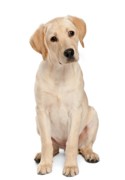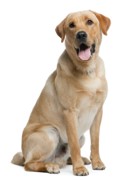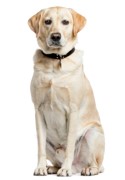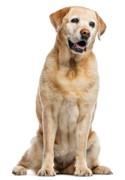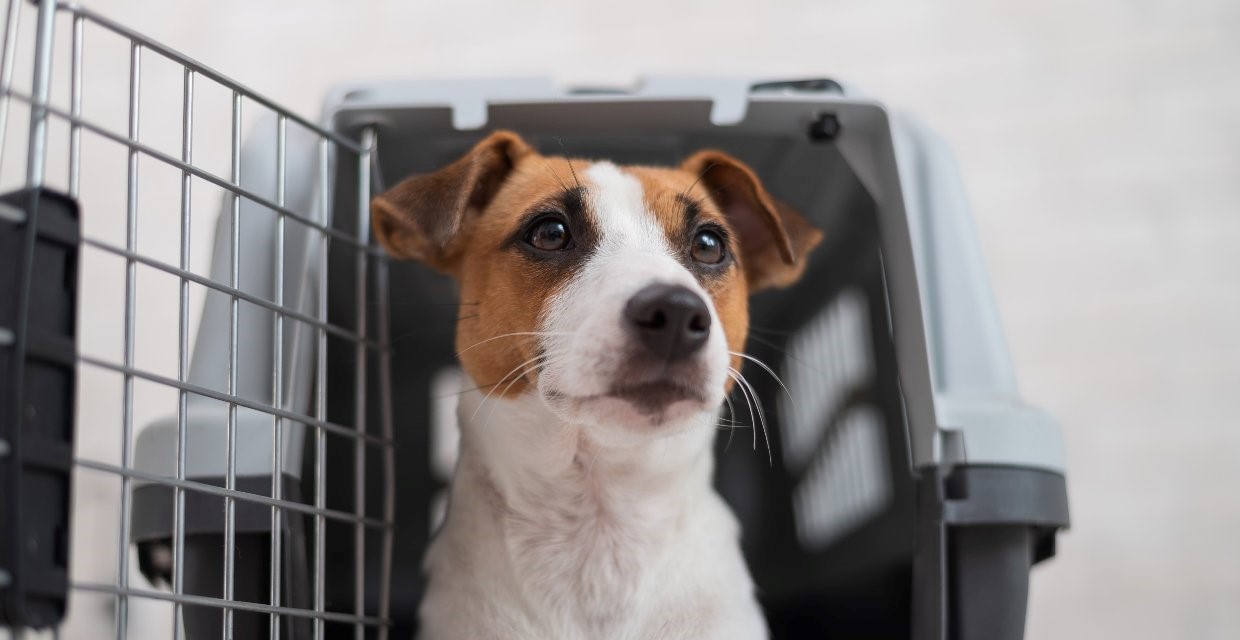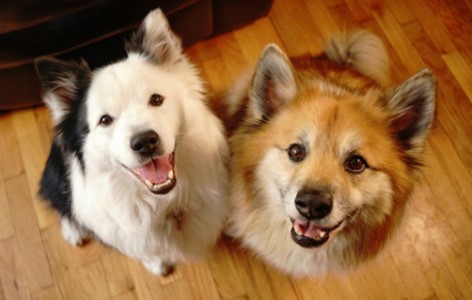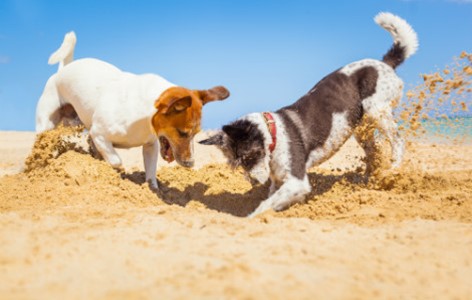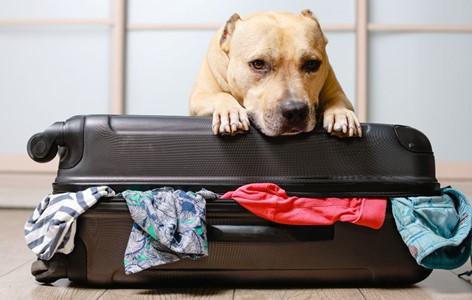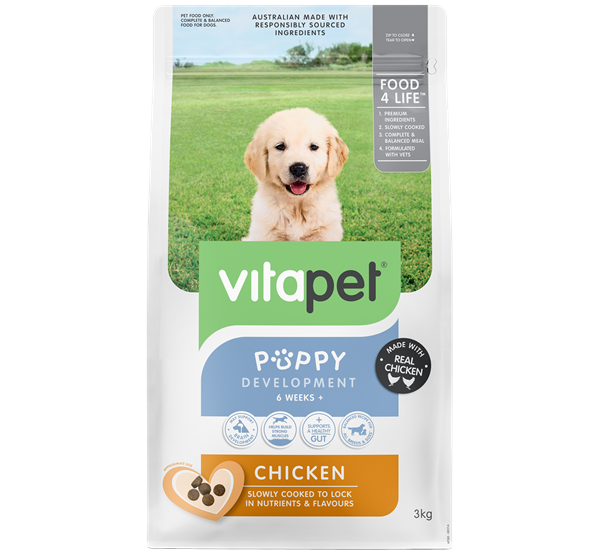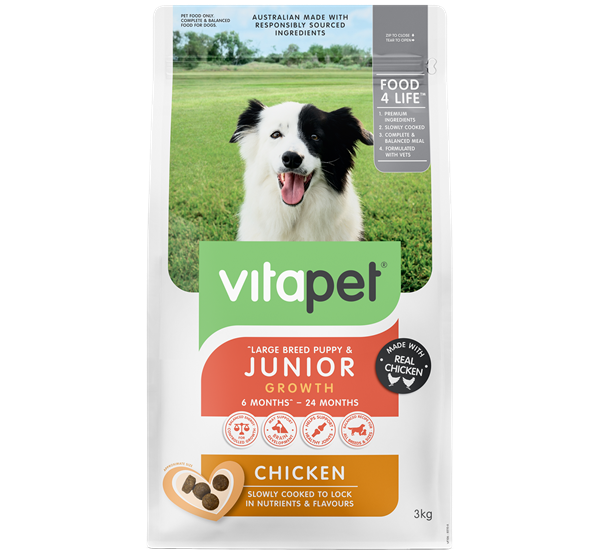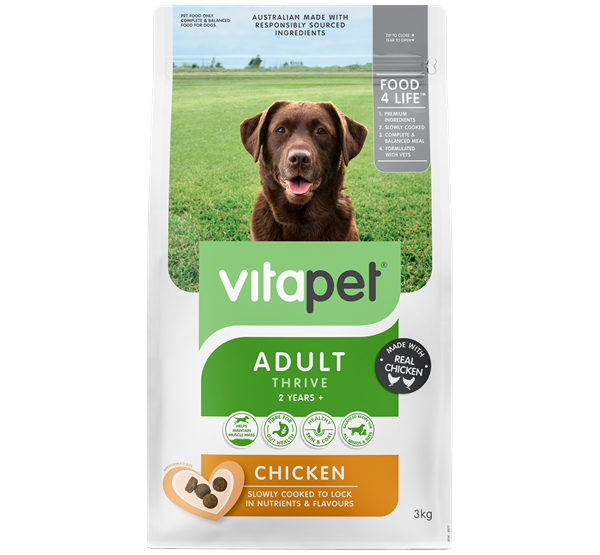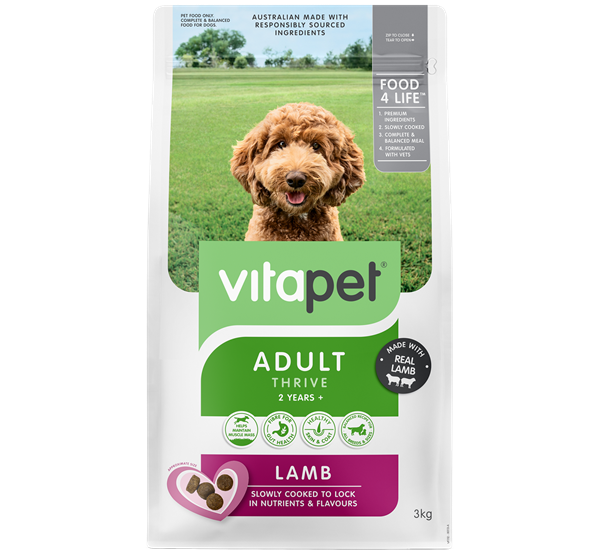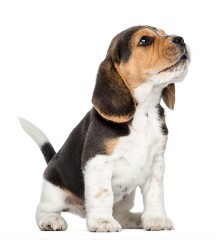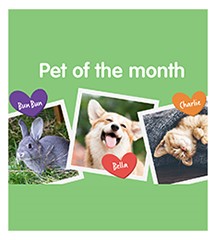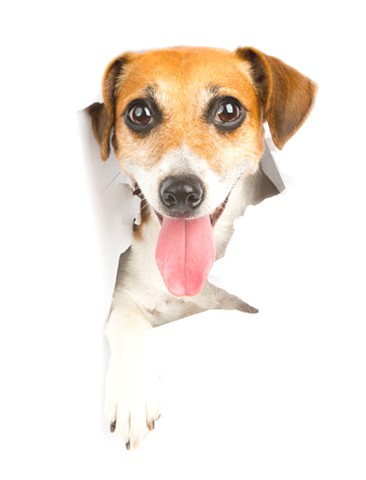With interstate trips and air travel back on the cards this holiday season, sometimes we need to put our dogs on planes, whether it be for a holiday or a relocation.
So, how do you transport a dog on a plane as safely as possible?
This article discusses the dos and don’ts of how to put a dog on a plane, and will help take the stress out of the journey.
What is the process for booking and taking dogs on planes?
Being organised is vital for travel, so to avoid any last-minute hassles, check with your chosen airline as to whether an airline-approved pet travel consultant is required to make a booking for your pet to travel on your flight. Check your airlines website for the most up-to-date advice and information.
What should my dog travel in while on the plane?
For safety purposes, dogs need to be confined to an individual travel crate that is airline compliant. Airlines use measurements relating to the pet’s size to make sure there is enough room inside the crate for them to travel comfortably, with enough room to stand, sit and turn around.
These can usually be purchased or hired at your airline terminal, or via your pet travel consultant.
Refer to the freight section of your airline’s website for information about the size of the crate required or head to the International Air Transport Association (IATA) website for the specific measurements.
Where are dogs placed on the plane during the flight?
Dogs travel in a special area within the cargo hold called the pet cabin, which is pressurised and temperature-controlled and has a similar level of noise to that of the passenger cabin. Only service dogs are currently allowed in the passenger cabin of the aircraft. Service dogs travelling with their owner need to be restrained on a water-absorbent mat to prevent them moving freely around the cabin - although that would make the flight more entertaining!
Recently, the Civil Aviation Safety Authority (CASA) has changed the rules to allow some flexibility for the carriage of animals during flights and now the guidance is being expanded to include assistance dogs.
Some Australian airlines are currently considering the change, but ultimately, it is the pilot who has final authority over the safety of the aircraft.
What about sending a dog on a plane alone?
If you’re not going to be on the same flight as your dog, your pet travel consultant will organise their collection and delivery, depending on your needs and the company you choose.
Speak to your airline to find out which pet travel specialists they recommend.
Are there any dog breed restrictions or risks for air travel?
Restrictions are put in place for the welfare and safety of the dog and the airline personnel. Brachycephalic (short-nosed breeds with flat faces) have an increased risk of developing heat stress and breathing difficulties during transport, so the crate for these dogs should be larger to improve the ventilation inside. Examples of brachycephalic breeds are Pugs, French Bulldogs, Pekingese, British Bulldogs and Boston Terriers.
Choosing cooler times of the day (or year!) to fly will significantly reduce the risk of heat stress.
Some airlines have prohibited transporting certain dog breeds for safety reasons, so check with your airline or pet transport specialist as to the rules and if allowed to travel, what crate size to use.
Air transport is not recommended for pets with an anxiety disorder or a chronic illness (such as heart disease or a seizure disorder) that may affect your pet’s health and wellbeing during the flight. For these dogs, an alternative means of transport with continuous supervision is preferred.
How do I prepare my dog for the plane trip?
If you’re buying your pet travel crate, it can be helpful to have this at home for a few weeks before departure so that you can create a positive association with the space. This can be done by feeding delicious treats and even their meals inside the crate leading up to the flight date.
Ensure your dog has access to water up until and inside the crate.
A light meal can be offered a few hours prior to flying, but all food (including treats) withheld 3 hours prior to flying to reduce the likelihood of travel sickness on board. For dogs that have a history of travel sickness, withhold food for 8 hours before flying.
Make sure you take your dog to the toilet before leaving the house and again once you arrive at the airport so that there is less chance of soiling their crate. Dogs must remain inside their crate once they arrive at the terminal.
Leave enough time to check your dog in approximately 2 hours before flight departure. It might take up to 90 mins at the destination for your pet to be ready for collection, depending on passengers and pets on board.
Make sure your dog’s crate is clearly labelled and has your pet’s documents and your contact details attached for easy identification.
A familiar blanket with an absorbent mat or towel underneath can help make your dog feel more comfortable and less anxious during the flight.
For dogs entering Tasmania, a vet needs to administer an intestinal wormer that covers hydatid tapeworm and you will need a veterinary letter stating this has been done.
If you’re taking your dog overseas, each country has specific entry requirements, so ensure you speak with your pet transport company well in advance of your travel date to find out exactly what you need from your vet.
Should I sedate my dog for the flight?
Sedating your dog for the flight is not recommended as your pet cannot be monitored while in the air. Sedation may cause your pet to become drowsy and develop low blood pressure, which can be risky for their health. Instead of sedation, you can consider something like Adaptil, which uses a synthetic analogue of the pheromone that the mother dog produces while feeding her puppies and this can help calm them down for a more relaxed flight.
So, now that you know what to do to get the ball rolling with taking dogs on planes, start packing!







